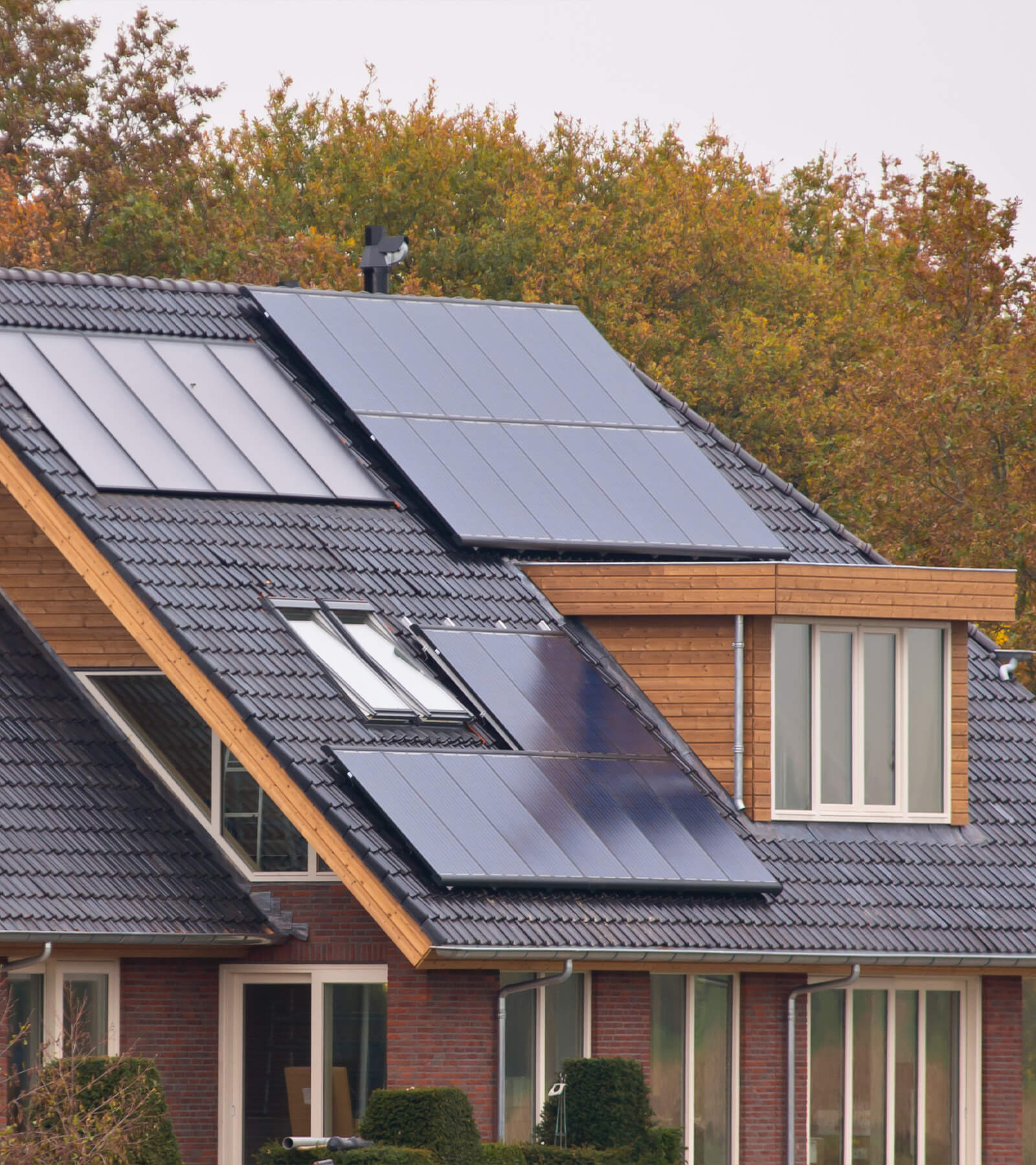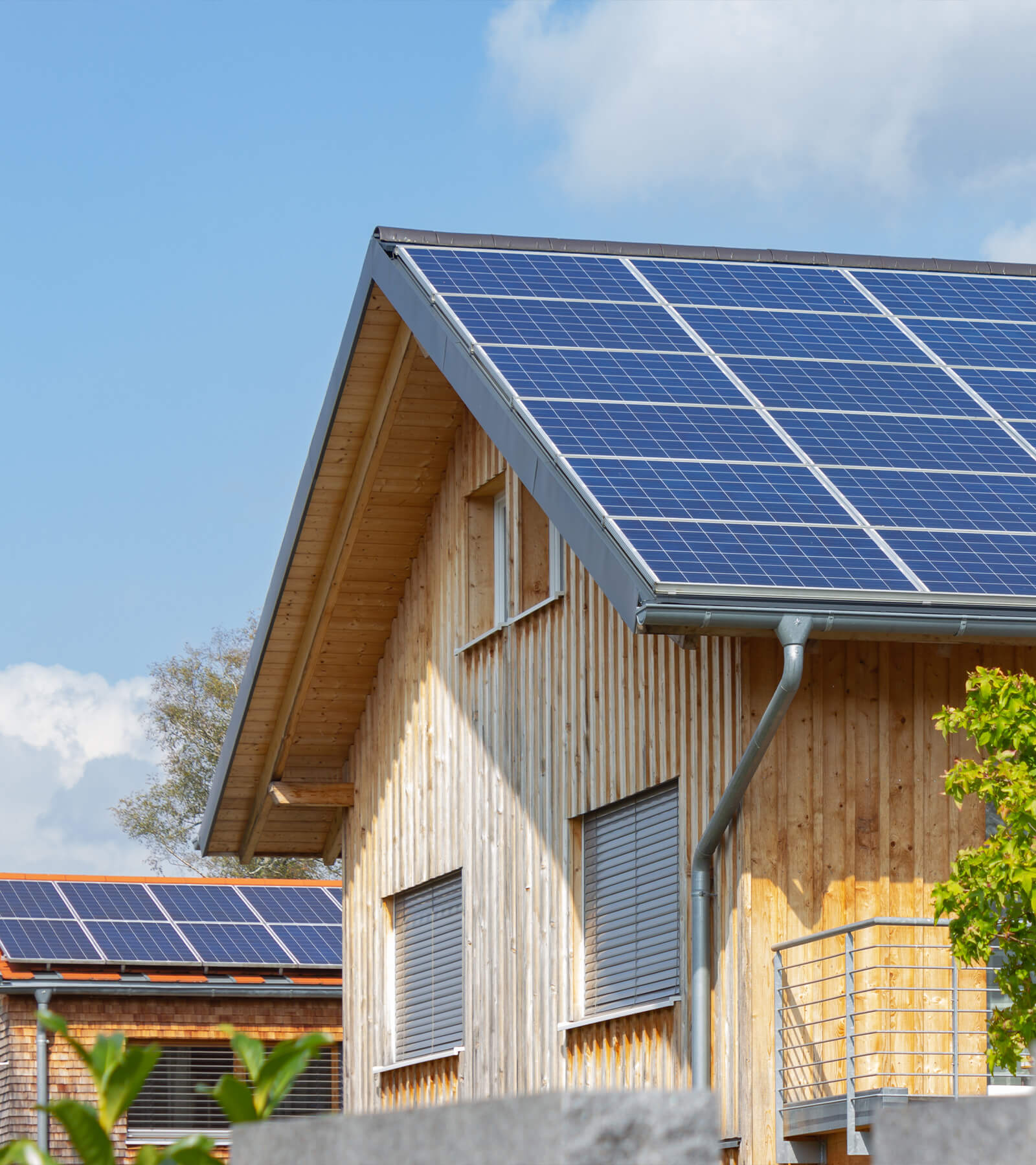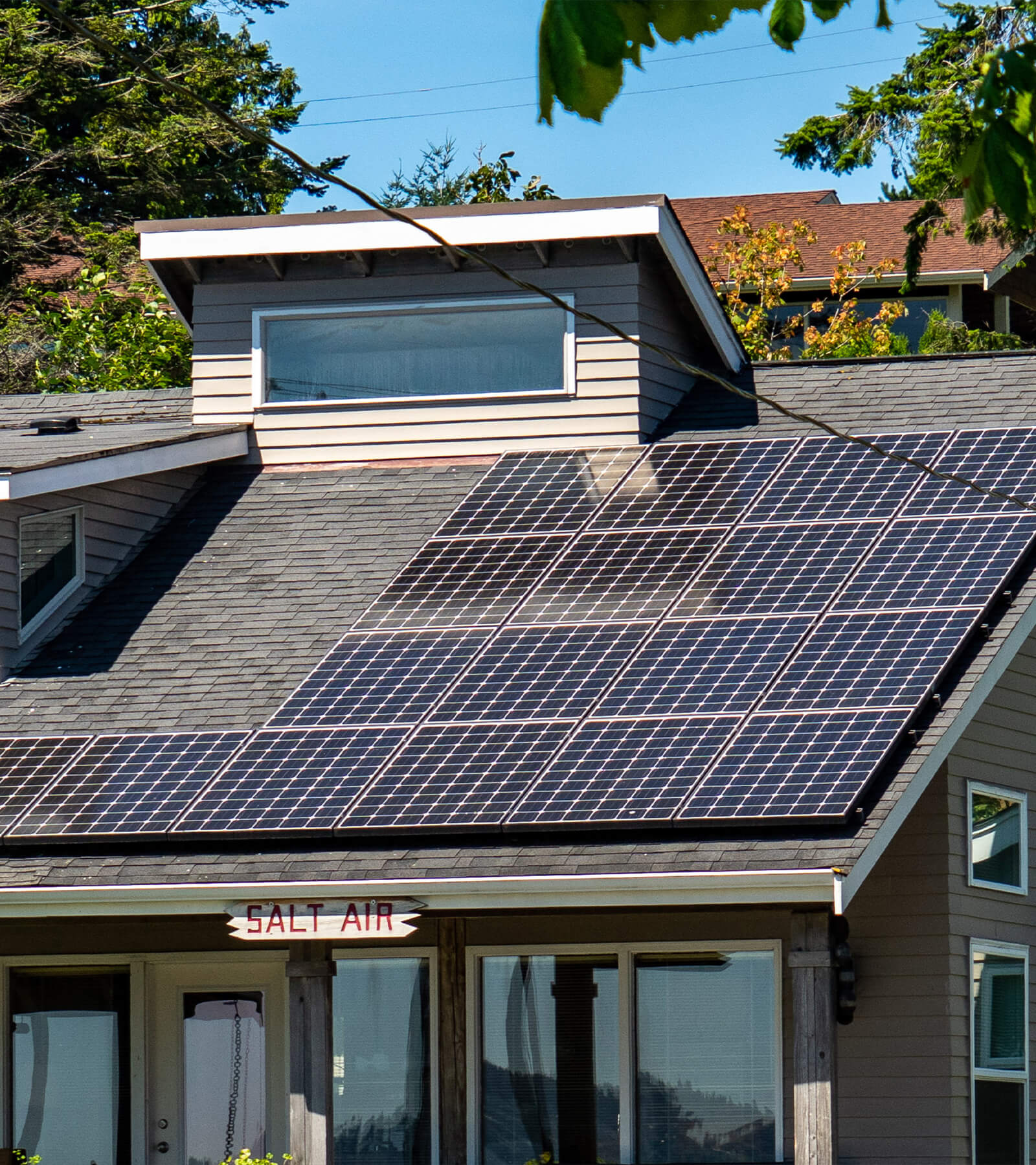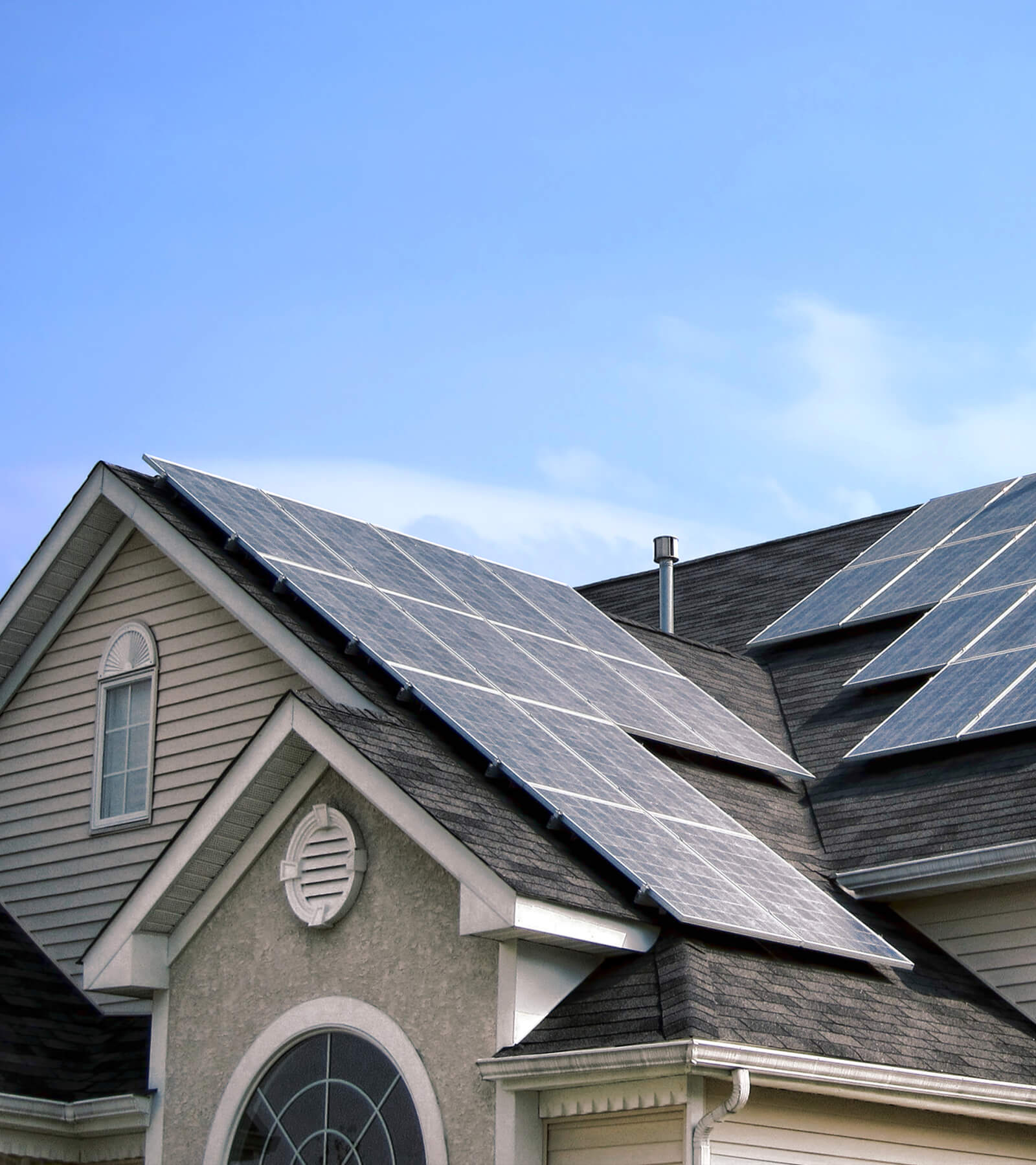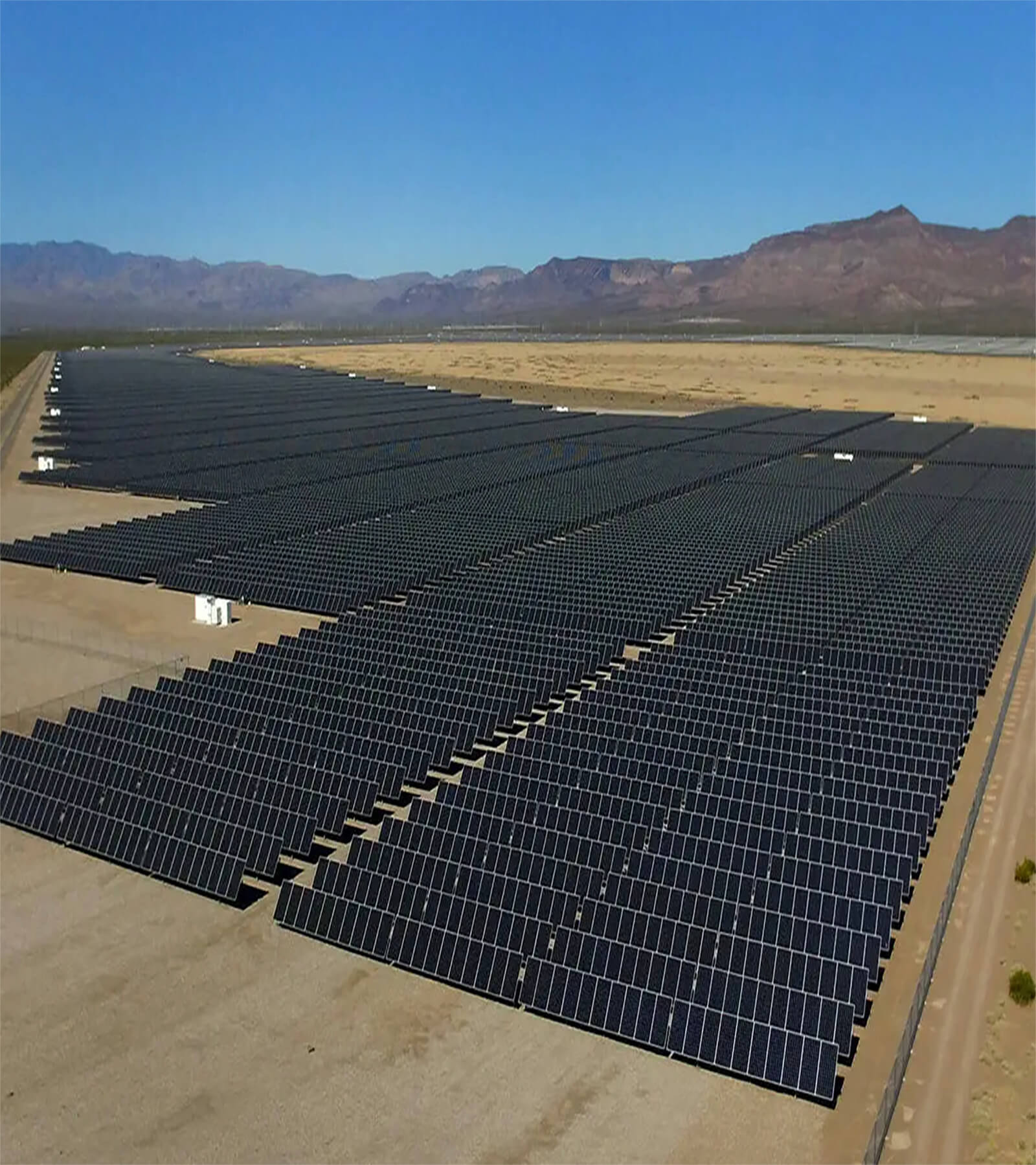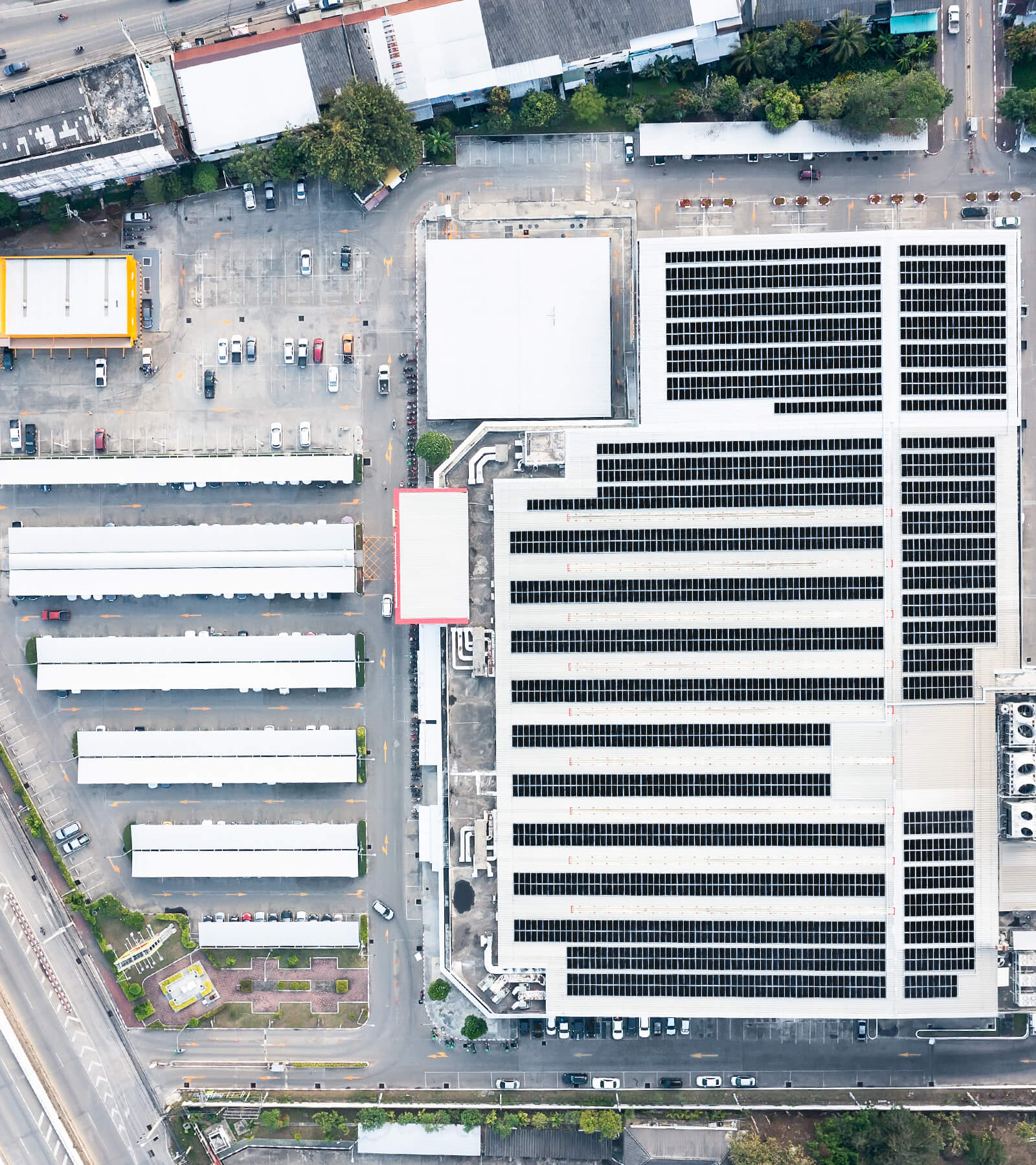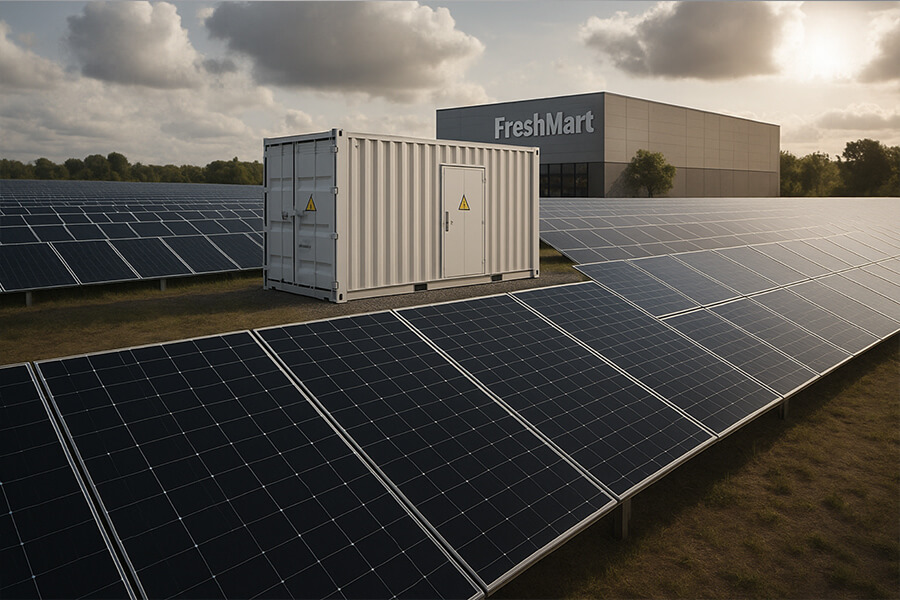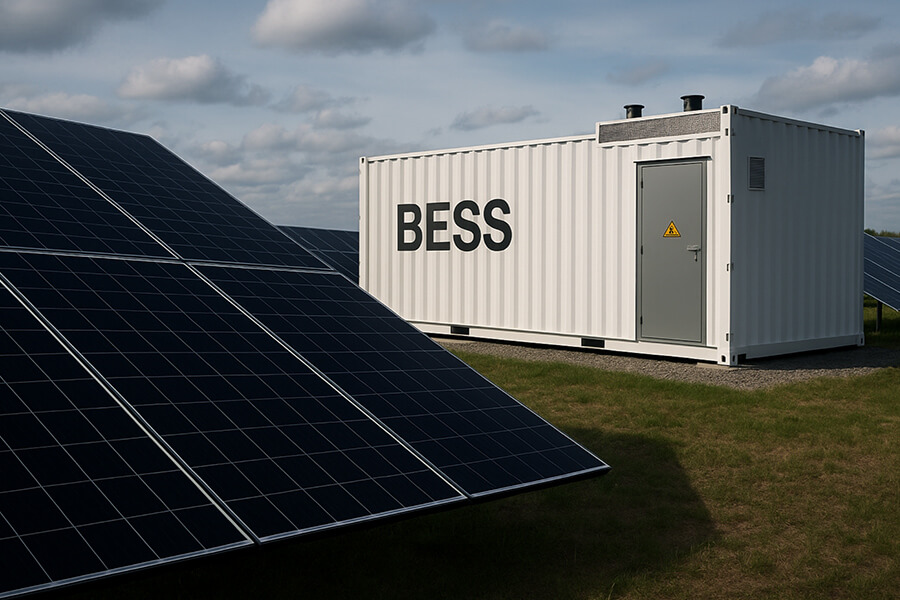In 2025, Hamburg Port pioneered true 24/7 renewable operations through strategic Port BESS Container Integration. By deploying Vattenfall’s 2MWh battery containers (LFP/IP55-rated), the port now stores daytime solar energy for nighttime use – reducing energy costs by 15% and annual CO2 emissions by 500 tonnes. This case study proves industrial solar + storage isn’t just green: it’s a profit-powering night owl.
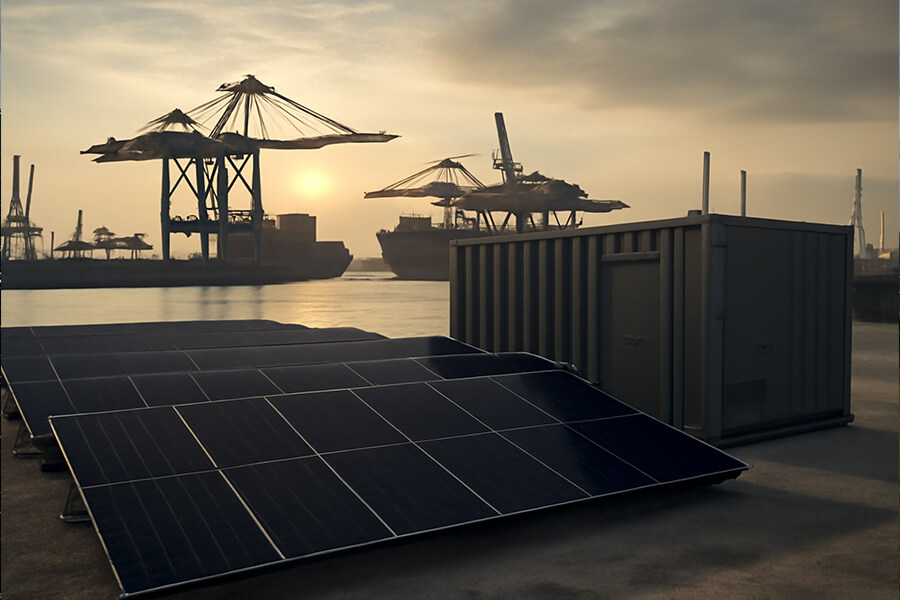
The “Sunbathing” Strategy
Hamburg Port’s solar panels used to be the ultimate day-shift workers – pumping out clean energy while the sun smiled, then clocking out promptly at dusk. Meanwhile, the port itself never sleeps: cranes hum, ships unload, and logistics dance continues 24/7. By 2024, this solar siesta created a glaring mismatch: 43% of the port’s energy demand hit after sunset while perfectly good daytime solar went underutilized (Port of Hamburg Authority Energy Report 2024).
The numbers told the story:
Table: Hamburg Port’s Pre-BESS Solar Squander (Summer 2024)
| Time Window | Solar Generation (MWh) | Energy Demand (MWh) | Wasted Surplus (MWh) |
|---|---|---|---|
| 05:00 – 10:00 | 280 | 210 | 70 |
| 10:00 – 16:00 | 950 | 590 | 360 |
| 16:00 – 20:00 | 310 | 510 | – |
| 20:00 – 05:00 | 0 | 880 | – |
Source: Vattenfall-Hamburg Port Solar Audit, Q3 2024
Enter 2025’s game-changer: Port BESS Container Integration. Vattenfall and Hamburg Port deployed 2MWh battery containers like tech-savvy party crashers at strategic solar hubs. Their mission? Hoard sunshine like squirrels stockpiling acorns – except these “acorns” are LFP batteries with military-grade IP55 shells (translation: rain, dust, and seagull antics bounce right off).
Suddenly, that midday solar surplus wasn’t just feeding daytime ops – it got bottled for night shifts. The BESS containers became the port’s caffeine shot, turning solar into an all-night DJ. No more paying premium rates for grid power during peak darkness hours. No more shrugging as unused electrons evaporated into the Baltic breeze. Just pure, uninterrupted solar groove.
Next section teaser: How this sun-hoarding operation slashed costs and CO2 like a eco-superhero…
Results That Don’t Need Embellishment (Because Numbers Slay)
Turns out, storing solar juice for night shifts isn’t just smart – it’s wildly lucrative. Six months after Hamburg Port’s BESS containers went live, the results are so stark they’d make a fossil fuel exec weep into their quarterly report.
The Financial Knockout Punch
By shifting 440MWh of nightly operations to stored solar monthly, the port slashed grid dependency during peak tariff hours (20:00–06:00). The outcome? A clean 15% chop off energy bills – translating to €372,000 annual savings (Vattenfall BESS Performance Dashboard).
Table: Energy Cost Breakdown (Pre-BESS vs. Post-BESS)
| Metric | Pre-BESS (2024) | Post-BESS (2025) | Change |
|---|---|---|---|
| Avg. Peak-Hour Rate | €0.32/kWh | €0.18/kWh | ▼ 44% |
| Monthly Grid Draw | 880 MWh | 440 MWh | ▼ 50% |
| Annual Energy Spend | €2.48M | €2.11M | ▼ €372K |
Source: Port of Hamburg Financial Review Q2 2025
The CO2 Smackdown
Here’s where it gets sweeter: those same batteries helped evict 500 tonnes of CO2 annually – equivalent to grounding 108 long-haul flights from Hamburg to NYC (EPA GHG Equivalencies Calculator). How? By replacing coal-heavy grid power with sunshine harvested during siesta hours.
Table: Emissions Impact (Annualized)
| Source | CO2 Reduction | Equivalent To |
|---|---|---|
| Grid Power Displaced | 500 tonnes | 250 ICE trucks off roads |
| Solar Self-Consumption | +33% | Charging 6.2M smartphones |
| Net Carbon Footprint | ▼ 19% | Burying 250 tonnes of coal |
Source: Fraunhofer ISE Energy Charts 2025
As Vattenfall’s lead engineer Lars Bergström quipped: “Our BESS containers turned solar from a ‘part-time intern’ into a ‘24/7 CEO’.” Suddenly, Hamburg’s cranes and cold-storage units hum through the night on yesterday’s sunshine – no guilt, no grid panic, just pure profit.
Next section teaser: Crack open the tech toolbox – we’re diving into the LFP batteries and IP55 armor making this possible…
Geek Corner – The “Nerd Stuff” Section
Forget “magic” – Hamburg’s solar-storing sorcery runs on brutally engineered hardware. Let’s crack open these BESS containers to reveal why they’re the port’s weatherproof, cycle-slaying power banks.
Battery Chemistry: Why LFP is the Bruce Willis of Energy Storage
While traditional lithium-ion batteries play action heroes in phones (until they overheat), Hamburg’s containers use Lithium Iron Phosphate (LFP) – the Die Hard of battery tech: unshakeable under pressure.
Table: LFP vs. Standard NMC Batteries – Port Edition
| Parameter | Hamburg’s LFP | Standard NMC | Advantage |
|---|---|---|---|
| Thermal Runaway Threshold | 270°C | 150°C | Won’t pull a “spicy pillow” meltdown |
| Cycle Life @ 80% DoD | 6,000 cycles | 3,500 cycles | Outlasts 15 seasons of Big Brother |
| Cost per kWh (2025) | €90/kWh | €110/kWh | 18% cheaper capex |
| Toxicity | Cobalt-free | Cobalt-dependent | No ethical mining hangover |
Source: BloombergNEF Battery Price Survey 2025
The IP55 Armor: Where Port Shenanigans Meet Their Match
Ports are battlefields: salt spray, coal dust, and forklifts playing bumper cars. Hamburg’s BESS containers scoff at chaos with IP55 ratings – meaning:
- Dust Resistance: Sealed against 1mm particulate storms (like Hamburg’s infamous “Kohle-Wind”)
- Water Jets: Laughs off 12.5L/min water cannons (i.e., Baltic squalls or overzealous deck cleaning)
- Operating Temp: -20°C to 60°C range (handles everything from frosty dawns to scorching container roofs)
Table: Real-World Torture Tests Passed
| Hazard | Test Standard | Result |
|---|---|---|
| Salt Mist Exposure | EN 60068-2-52 | Zero corrosion after 168hrs |
| Vibration Chaos | ISTA 3E | 0.5mm displacement during simulated crane ops |
| Drop Test | 1.5m onto steel | Housing dented; cells intact |
Source: DNV Containerized BESS Certification Report 2025
Vattenfall engineer Anika Müller puts it bluntly: “IP55 means your battery won’t throw a tantrum when a seagull dive-bombs it with a mussel.” With 2-hour rapid deployment (thanks to plug-and-play containerization), these units landed, linked to solar arrays, and started hoarding photons faster than you can say “Recharge stevedores!”
Next section teaser: How Hamburg’s blueprint is going global – and why your port could be next…
Why Maxbo Solar is Buzzing (First-Person Plug)
Now, as we at Maxbo Solar watch ports like Hamburg flip the 24/7 green switch, we’re doing our victory lap. Why? Because we LIVE for this exact moment – where smart storage turns solar potential into round-the-clock profit. Whether you’re a port, factory, or eco-warrior with a rooftop, we engineer solutions that don’t just work – they flex.
The Proof in the Portfolio
Hamburg’s success isn’t a fluke – it’s our playbook. Since 2023, our BESS-solar hybrids have slashed costs and carbon for clients from Rotterdam to Singapore. Check the receipts:
Table: Maxbo Solar Deployment Metrics (2023–2025)
| Client Type | Projects Completed | Avg. Cost Savings | CO2 Avoided |
|---|---|---|---|
| Ports & Logistics | 18 | 14–22% | 8,200 tonnes |
| Manufacturing | 32 | 12–19% | 14,500 tonnes |
| Commercial Rooftops | 41 | 9–15% | 3,800 tonnes |
Your Turn to Unlock the Solar Afterparty
Think of us as your BESS matchmakers and solar wingmen. We spec LFP batteries with IP55 armor (tested to military-grade EN/IEC 60529 standards) and optimize every kWh for your unique chaos – whether it’s monsoon season or midnight crane marathons.
Still skeptical? Crunch this:
- ROI Speedrun: Port systems pay back in 4.2 years (vs. 6.8 yrs for standalone solar) (EU Clean Energy ROI Index 2025).
- Carbon Crunch: Every 1MWh BESS deployed = 275 tonnes of coal left unburned (IEA Net Zero Tracker).
Got a grid headache? A carbon footprint the size of Godzilla? Stop subsidizing sunset. Let’s engineer your energy rebellion:
👉 www.maxbo-solar.com
We’ll bring the batteries. You bring the ambition.

